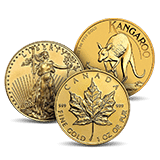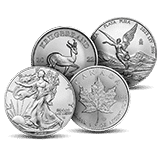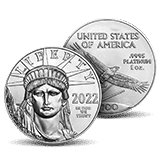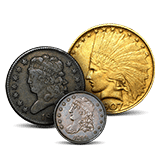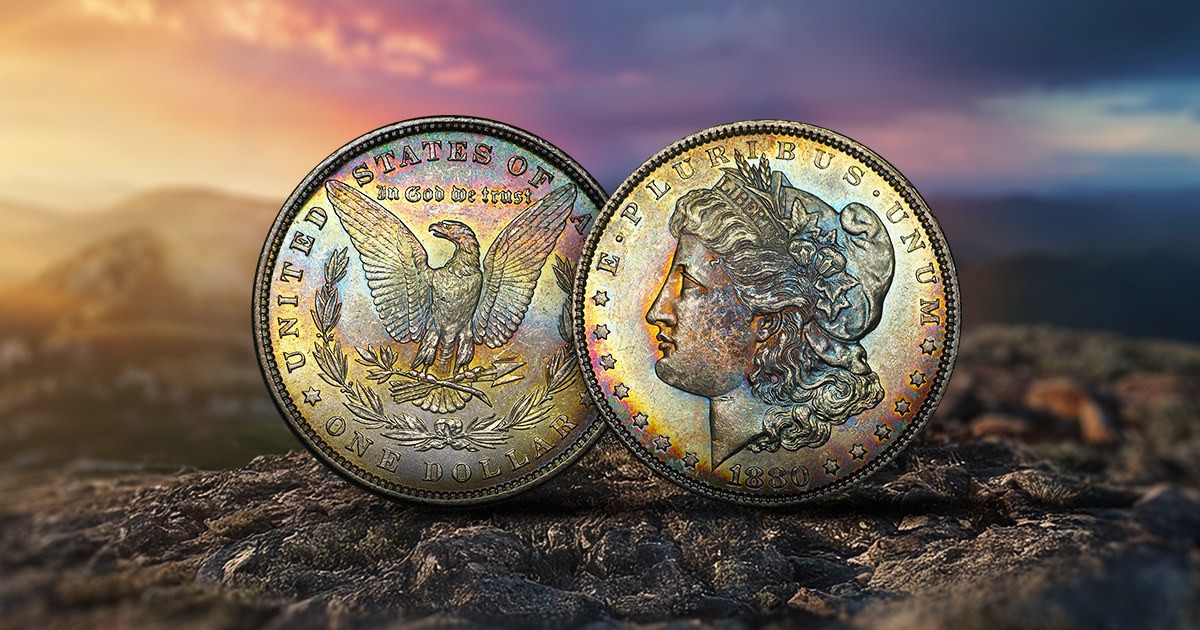
Silver is a noble metal, but it is not immune to tarnishing, a process that leads to the discoloration of silver bars. Tarnish can cause silver to turn green and covers a broad color spectrum from pink to black.
Silver and Chemical Reactions Leading to Green Discoloration
One of the most common occurrences of silver turning green is on sterling silver, or .925 silver.
Copper Content in Sterling Silver
Sterling silver is an alloy of 92.5% silver and 7.5% copper. It is especially prone to tarnishing because of its copper content. This is due to copper’s reaction with environmental contaminants like sulfur compounds, moisture, and acids. This reaction creates the green patina seen on some tarnished silver items.
Reaction with Sulfur Compounds
The primary cause of tarnish is a chemical reaction between silver and sulfur-containing substances like hydrogen sulfide and sulfur dioxide. When silver reacts to these compounds, it forms silver sulfide, a dark compound responsible for tarnishing. In coins or silver products alloyed with copper, copper’s reactivity can further contribute to unique discolorations, including green tones.
Moisture and Acids
While tarnish forms as a surface-level coating, moisture in the immediate environment accelerates the interaction between silver and sulfur compounds. Acids from sweat, lotions, or certain foods on human skin exacerbate these, often creating vibrant and diverse tarnish colors.
Chlorine and Hydrocarbon Contamination
Recent studies, such as those involving ancient coins, show that chlorine from storage materials like PVC or nearby polymer-based items contributes to tarnish. This contamination can form silver chloride layers, which, when combined with hydrocarbons from environmental sources, may result in a “glossy” appearance or unusual colorations.
Is There a Difference Between Tarnishing and Toning?
Tarnish is also called toning, and is a natural discoloration that forms on silver when it reacts with sulfur and other environmental elements. Unlike rust, tarnishing is superficial, affecting only the outermost layer of the metal and often serving as a protective barrier for the underlying layers. Depending on the tarnish’s thickness and composition, this can result in visually striking effects, such as rainbow iridescence or black and green hues. Collectors often value toned silver coins and silver bars for their unique aesthetic appeal and historical character.
Environmental Factors That Contribute to Tarnish
Humidity and Moisture
Humidity accelerates tarnishing by facilitating chemical reactions on the surface of silver. Silver kept in humid environments is more likely to develop tarnish than silver kept in a dry climate.
Pollution and Air Quality
Airborne sulfur compounds from industrial emissions, burning fossil fuels, and more are key contributors to tarnishing. Environments with higher levels of pollutants, like those in urban areas, expose silver to faster discoloration.
Temperature Effects
Studies indicate that the corrosion rate is directly influenced by temperature when sulfur is present. Higher temperatures increase the pressure of sulfur compounds, which intensifies tarnishing.
How do I Keep My Silver Free of Tarnish?
Minimal contact reduces the risk of tarnish development but as soon as a new silver round, coin, or bar is minted, it begins reacting to the compounds in its environment. There are ways to minimize and slow this process.
Proper Storage
Avoid materials like PVC that can release sulfur or chlorine compounds. When it is time to find storage solutions, look for PVC-free airtight containers, anti-tarnish bags, or capsules to limit exposure to air, moisture, and pollutants.
Handling and Gloves
Use cotton gloves when handling silver to prevent transferring oils and acids from your skin to the surface of the silver.
Environmental Control
Use air purifiers or dehumidifiers in storage spaces to maintain low humidity and reduce sulfur exposure. These measures are especially important in polluted or industrial areas.
Professional Conservation
For valuable or historical items, professional conservation methods employed by PCGS and NGC may ensure tarnish removal without compromising the artifact’s integrity. Preventing recurring tarnish requires addressing environmental factors like humidity and contaminants.

